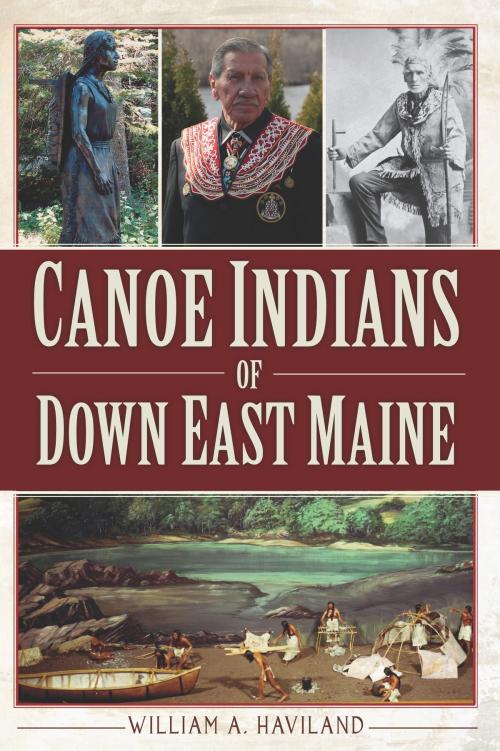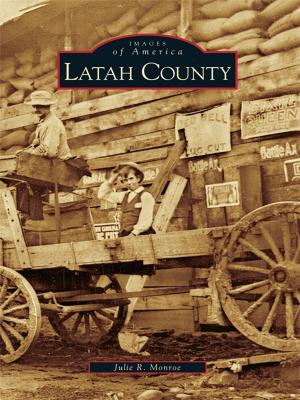Canoe Indians of Down East Maine
Nonfiction, Art & Architecture, Photography, Pictorials, Travel, Social & Cultural Studies, Social Science, Cultural Studies, Native American Studies, History, Americas, Native American| Author: | William A. Haviland | ISBN: | 9781614235880 |
| Publisher: | Arcadia Publishing Inc. | Publication: | July 17, 2012 |
| Imprint: | The History Press | Language: | English |
| Author: | William A. Haviland |
| ISBN: | 9781614235880 |
| Publisher: | Arcadia Publishing Inc. |
| Publication: | July 17, 2012 |
| Imprint: | The History Press |
| Language: | English |
In 1604, when Frenchmen landed on Saint Croix Island, they were far from the first people to walk along its shores. For thousands of years, Etchemins�whose descendants were members of the Wabanaki Confederacy�had lived, loved and labored in Down East Maine. Bound together with neighboring people, all of whom relied heavily on canoes for transportation, trade and survival, each group still maintained its own unique cultures and customs. After the French arrived, they faced unspeakable hardships, from �the Great Dying,� when disease killed up to 90 percent of coastal populations, to centuries of discrimination. Yet they never abandoned Ketakamigwa, their homeland. In this book, anthropologist William Haviland relates the history of hardship and survival endured by the natives of the Down East coast and how they have maintained their way of life over the past four hundred years.
In 1604, when Frenchmen landed on Saint Croix Island, they were far from the first people to walk along its shores. For thousands of years, Etchemins�whose descendants were members of the Wabanaki Confederacy�had lived, loved and labored in Down East Maine. Bound together with neighboring people, all of whom relied heavily on canoes for transportation, trade and survival, each group still maintained its own unique cultures and customs. After the French arrived, they faced unspeakable hardships, from �the Great Dying,� when disease killed up to 90 percent of coastal populations, to centuries of discrimination. Yet they never abandoned Ketakamigwa, their homeland. In this book, anthropologist William Haviland relates the history of hardship and survival endured by the natives of the Down East coast and how they have maintained their way of life over the past four hundred years.















